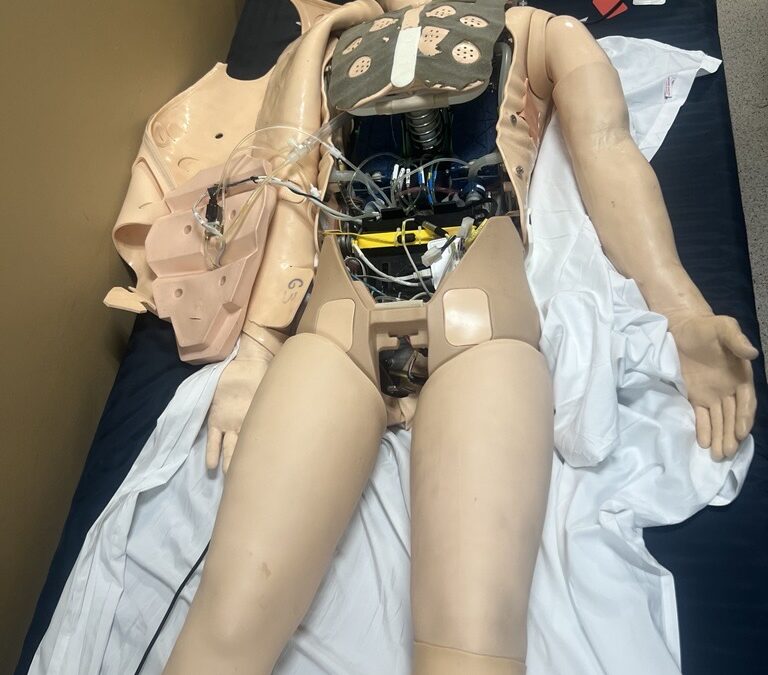Back in the late 2010’s, the WISER Team looked at 3D printing to see if it might be something that would aid our program. What we found were expensive printers that were difficult to setup, finicky to maintain, and limited in the types of materials they could use. In the past few years, prices have fallen, they are significantly easier maintain, and there are a wide variety of printable options available.
Previously enclosed printers were several thousand dollars. Now, printers such as the Bambu Labs P1S and Prusa MK4s deliver high throughput, stable enclosures, and compatibility with a wide range of filaments, all well under $1,000. There literally is a printer for every budget. Features, ease of use, and reliability will increase the price, but dollar for dollar, the performance you can get today far outstrips the printers of less than a decade ago.
While the printers have made significant strides, material diversity is where the real leap has happened. Flexible TPU filaments are now widely available and dependable, letting you print skin pads, vessel models, and compressible interfaces that hold up under repeated use. Resin systems push fidelity further. For instance, Formlabs’ Silicone 40A and BioMed Elastic resins offer true soft-tissue properties, allowing creation of parts with Shore A hardness in the 40–55 range–well suited for airway models, surgical training pads, or mask seals. On the opposite end, bone-like filaments such as SimuBone can replicate the tactile resistance and radiopacity of cortical bone, giving orthopedic training a reliable synthetic alternative to cadaver material.
One of the most practical uses of 3D printing in simulation is repair and consumable parts creation. Manikins and task trainers see heavy use and predictable breakage of brackets, housings, and connectors. Traditionally, replacing these parts meant ordering from the vendor or sending the unit back for service–expensive and time-consuming. Now, sim techs can reverse-engineer broken components, model replacements in CAD, and print them in durable plastics like PETG or nylon. Neck skins, airway parts, and other consumable items can be inexpensively modeled and created at sometimes a small fraction of the cost of the retail prices vendors charge.
3D printing in healthcare simulation is no longer experimental. It has matured into an accessible, reliable, and flexible tool that lowers costs, speeds turnaround, and enhances fidelity. Whether you’re producing soft tissue trainers or keeping manikins in service, 3d printing is helping simulation programs deliver more training with fewer delays.

